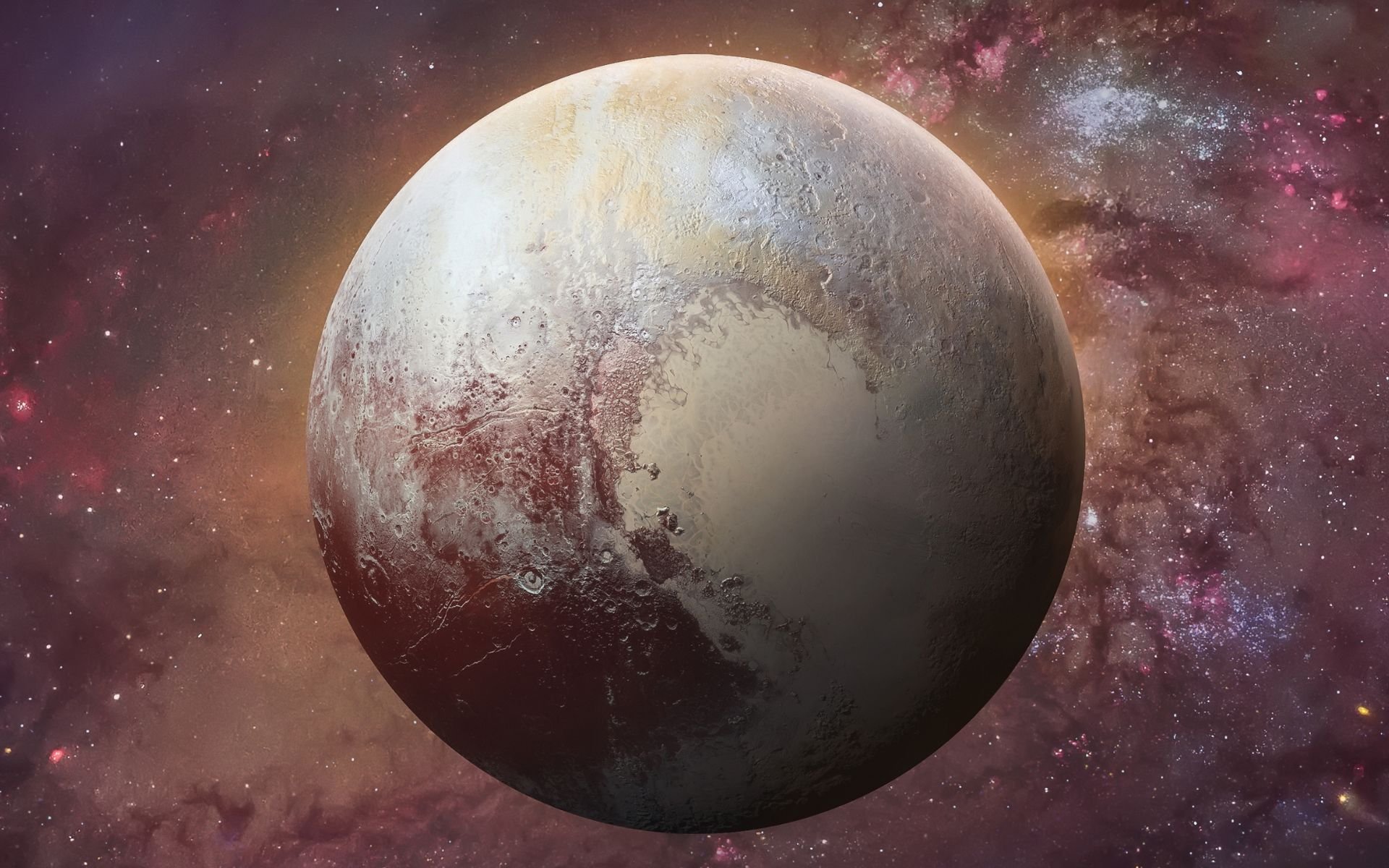There is a giant heart formation on the surface of the dwarf planet Pluto; It’s something that has long remained a mystery – at least until now. A team of scientists from the University of Bern, Switzerland, and the University of Arizona in Tucson (UArizona), United States, He conducted a study to explain the mystery behind the formation of this ‘drawing’ on the surface of the Solar System’s ancient ninth planet..
The image of the heart was captured during the flyby of NASA’s New Horizons probe in 2015; Since then, astronomers and other scientists have been trying to understand why it formed.
In an article published in the scientific journal Nature Astronomy, Researchers claim that the shape was formed after a collision with a huge cosmic rock on Pluto’s surface.
To obtain the result, the study performed a hydrodynamic simulation of softened particles to test the angles of a possible collision that would lead to the formation of Sputnik Planitia. Western part of Pluto’s heart.
The data indicates that the shape was formed as a result of an oblique collision, and therefore the heart design has a longer shape; This probably happened shortly after the dwarf planet’s birth.
“Although the vast majority of Pluto’s surface consists of methane ice and its derivatives covering the water ice crust, Planitia is predominantly filled with nitrogen ice, which likely accumulated rapidly after the impact due to its low altitude,” said the study’s lead author. Harry Ballantyne, assistant researcher at the University of Bern.
Heart of Pluto
The study suggests that because of its dense core surrounded by a sheet of ice, the collision did not melt the frozen regions of the planet as would happen with collisions in warmer regions.. Most likely the rock sank into the planet’s core and flattened out at the surface. As the researchers explain, The frozen rock that hit Pluto was about 730 kilometers in diameter.
It is important to highlight The study offers a new perspective to explain the formation of Sputnik Planitia. and thus contradicts the hypotheses of other scientists. Therefore, it is necessary to continue to study more on the subject to understand the correct way to verify the data.
“According to the authors, the new study offers an alternative perspective, pointing out that the entire primitive mantle of Pluto was excavated by the impact, and that material from the impactor’s core created local mass excess as it spread into Pluto’s core. In a statement from UArizona, they noted that “there is no subsurface ocean or most “migration towards the equator, which is very, very thin” is described.
Did you like the content? Read more news about Pluto at TecMundo. If you wish, take the opportunity to understand how the James Webb telescope confirmed the existence of 3 new gods in the sky.
Source: Tec Mundo
I’m Blaine Morgan, an experienced journalist and writer with over 8 years of experience in the tech industry. My expertise lies in writing about technology news and trends, covering everything from cutting-edge gadgets to emerging software developments. I’ve written for several leading publications including Gadget Onus where I am an author.













